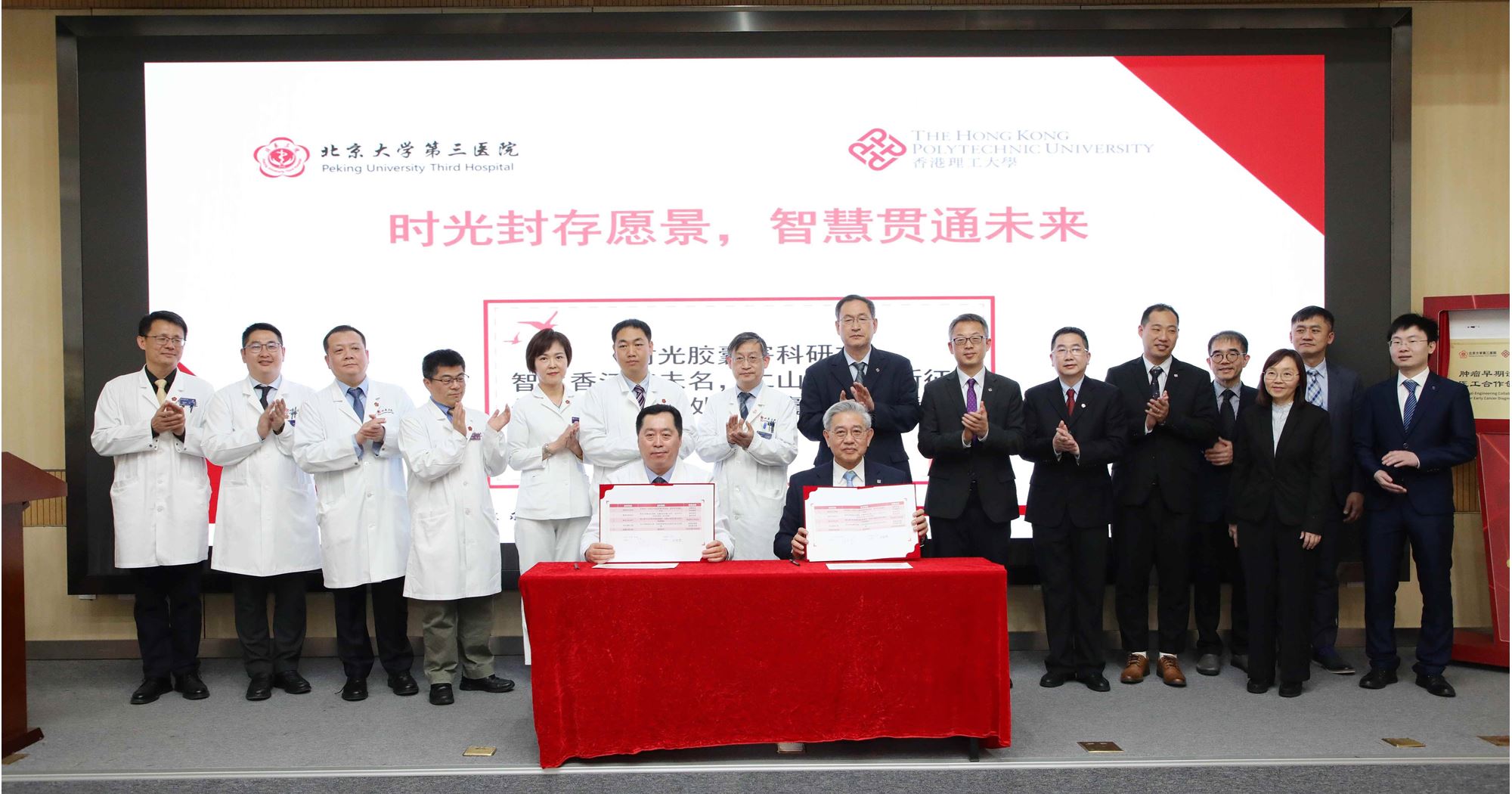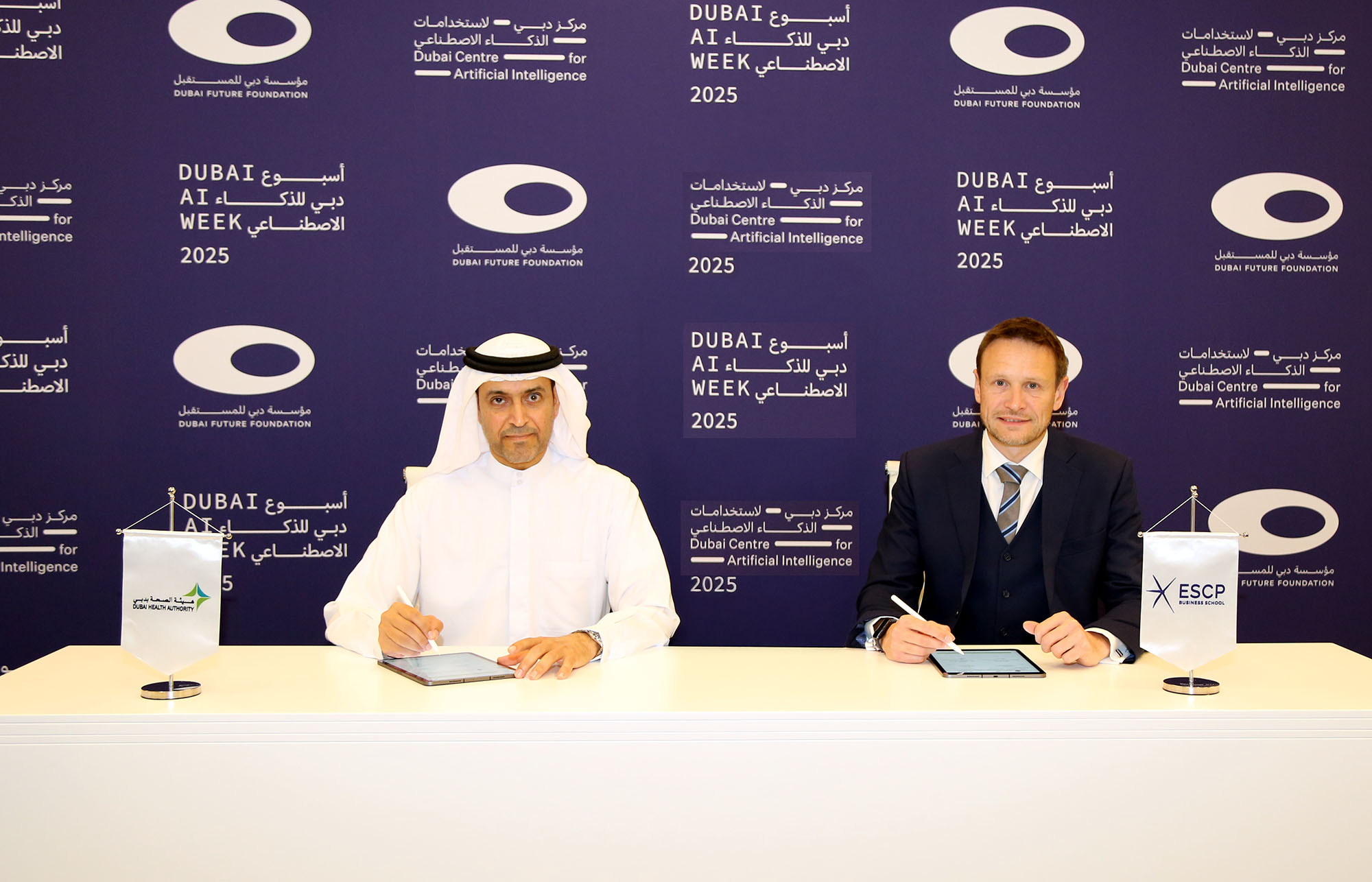
The health complications associated with diabetes pose a mounting burden on healthcare systems. Various studies underscore the elevated risks faced by diabetes patients, particularly concerning kidney, eye, foot, and cardiovascular complications.
A study in Frontiers in Public Health shows a significant rise in the economic burden of diabetes in urban China, with increasing hospitalisation rates and diabetes complications. The study reports nearly 1.4 million deaths and $165.3 billion in diabetes-related health costs, indicating a substantial economic burden.
Australia faces a similar challenge. Data from the Australian Institute of Health and Welfare reveals that approximately $2.5 billion is expended annually on diabetes management. Moreover, diabetes plays a pivotal role in exacerbating the economic toll of other prevalent conditions, such as heart disease (costing $2 billion per year), chronic kidney disease ($1.7 billion per year), and stroke ($660 million per year). Collectively, these issues impose a substantial combined annual expense of $6.86 billion on the Australian healthcare system.
Diabetes poses a significant health concern in Singapore as well, with one in three Singaporeans at risk of developing the condition during their lifetime. Presently, there are over 450,000 Singaporeans living with diabetes. If no interventions are made, this number is expected to climb to nearly 1 million by the year 2050. The economic burden of diabetes, including productivity losses, is forecasted to double from S$940 million in 2014 to S$1.8 billion by 2050. (Source: AIA Singapore.)
A 2021 study published in Diabetes Care emphasised the significance of health strategies targeting diabetes prevention and quantified the economic impact in India. This amounted to a substantial economic loss of about 176.6 trillion Indian Rupees (equivalent to $2.6 trillion or 9.8 trillion in terms of purchasing power parity) in the country's gross domestic product.
Promising developments in diagnostics, therapies, and treatment protocols
Drops and diagnostics for diabetic retinopathy
Diabetic retinopathy (DR) is the leading cause of blindness globally. Early detection and prompt treatment have the potential to prevent up to 95 per cent of vision loss cases, which is why companies are prioritising early diabetic retinopathy diagnosis. Emerging solutions include AI-based screening methods, smart contact lenses, and the development of novel treatments such as eye drops for retinopathy.
“Diabetes is a chronic medical condition that can lead to a host of health complications if not well managed. Several of these health complications affect a patient's vision and can be detected through eye assessment. For example, diabetic retinopathy is a serious complication that affects up to one-third of patients living with diabetes. However, only a fraction of these patients undergo regular screening due to cost and accessibility issues,” said Ada Mirkovic, Direct of Marketing, TeleMedC Group, Australia.
TeleMedC Group has implemented an innovative AI for screening of diabetic retinopathy in countries including Australia, Singapore, and the UK. Our AI-assisted RetinoScan system not only saves time and empowers primary care to screen for diabetic retinopathy. The technology was initially developed by the Commonwealth Scientific and Industrial Research Organisation (CSIRO) in Australia and later validated in real-world settings in more than nine countries. TeleMedC has obtained regulatory approvals in multiple countries and serves more than 200 primary care.
AI-driven screening for diabetic retinopathy is transforming early detection and diagnostic accuracy. EyRIS, a Singaporean healthcare technology firm, and Optometrist Warehouse, an Australian company within the Chemist Warehouse Group, joined forces to explore AI's effectiveness in diabetic retinopathy screening. This collaboration signifies a major advancement in healthcare, underscoring how AI-driven solutions can enhance patient outcomes and cost-efficiency.
Furthermore, in November 2022, The Industrial Technology Research Institute (ITRI), Taiwan's prominent high-tech research institution, launched Point-of-Care AI-DR, the first AI-assisted system integrated into commonly used handheld and desktop fundus cameras in healthcare settings for diabetic retinopathy (DR) and diabetic macular edema (DME) detection. In April 2022, Australia approved iHealthScreen Inc’s iPredict automated AI System for early diagnosis of DR, Age-Related Macular degeneration (AMD), and glaucoma suspect.
The integration of AI in diabetic retinopathy screening addresses critical issues related to accessibility, cost, and accuracy.
“We know that early detection of diabetic retinopathy can reduce the risk of blindness by 95 per cent, yet fewer than half of people with diabetes actually get the recommended annual eye exam that can detect early cases. One reason for the lack of examination is that traditional disease screening requires an eye care specialist to dilate a patient’s eyes and examine the back of the eyes, an expensive process that often requires long wait times. The annual exams also force ophthalmologists and retina specialists to devote precious time to healthy patients, reducing their available time for focusing on those who need treatment. Given these concerns, AI has proven to be a useful adjunct in the detection of vision-threatening disease and has been shown to be more accurate than clinical ophthalmoscopy for routine DR screening. The technology detects eye disease quickly, accurately and consistently with higher sensitivity than an eye care expert; requires minimal training; and can be easily used by nurses or technicians. Which means disease screening can now occur outside of eye care offices, greatly reducing the cost of, and significantly expanding access to, screenings for potential vision loss from the disease,” said Dr Kaushal Solanki, Founder and CEO of Eyenuk, USA.
Eyenuk's EyeArt AI system pairs with retinal cameras in clinics, autonomously analysing retinal images and generating reports within 30 seconds. It's FDA-cleared for diabetic retinopathy and received CE marking in 2023 for age-related macular degeneration and glaucoma detection, addressing major causes of blindness. EyeArt is the first and only system to detect referrable and vision-threatening DR, which allows those with vision-threatening condition to be seen by a specialist preferentially. These patients can receive timely treatment and their vision is saved.
In July 2022, US-based firm Baxter launched Welch Allyn RetinaVue 100 Imager PRO in South Korea, which enables diabetic retinopathy screening in primary care settings. The RetinaVue 100 Imager PRO makes diabetic retinopathy screening simple and affordable in primary care settings. The handheld, portable device has non mydriatic capture through a 3.0 mm pupil and allows comfortable retinal screening without pharmacologic dilation.
Researchers are also working on the development of smart patches for diabetic retinopathy. A POSTECH (Pohang University of Science and Technology) team has created a smart contact lens-type device for early diabetic retinopathy prevention and treatment using far red/LED light. Meanwhile, scientists at Nanyang Technological University, Singapore (NTU Singapore), have devised a contact lens patch with microneedles, offering a painless and efficient alternative for treating eye diseases like glaucoma and macular degeneration.
Early screening is pivotal, but some companies are also focusing on drug development for diabetic eye diseases. Daewoong Therapeutics, a South Korean firm, have pioneered the world's first eye drop formulation for treating diabetic eye diseases. In September 2023, Daewoong received approval from Korea’s Ministry of Food and Drug Safety for a phase 1 clinical trial of their product, DWRX2008. This study, scheduled for the Fourth Quarter of 2023, will assess the safety and pharmacokinetics of DWRX2008 in both healthy Korean and Caucasian subjects. Additionally, in October 2023, Oculus BioMed, an ophthalmology-focused biotechnology company, has entered into a collaboration agreement with The Centre for Eye Research Australia (CERA) to develop a therapeutic gene as an innovative anti-VEGF therapy, known as 'SwitchGene,' for diabetic retinopathy.
In December 2022, researchers from A*STAR, in collaboration with clinicians from Duke-NUS Medical School, SingHealth, Singapore Eye Research Institute (SERI), and Singapore National Eye Centre (SNEC), have identified ADAM10 as a promising therapeutic target for diabetic retinopathy. Their study demonstrated that restoring ADAM10 function effectively controls abnormal blood vessel formation in preclinical models, offering a compelling therapeutic approach to combat DR and advance eye health.
Diabetic nephropathy: Early screening and innovative interventions
Diabetes is the leading cause of kidney failure in Singapore, responsible for 67 per cent of new cases. The nation holds the top global ranking for diabetic nephropathy, with 2 out of every 3 cases linked to it, according to the National Kidney Foundation (NKF).
Researchers are actively working to identify biomarkers and methods for predicting the risk of diabetic nephropathy in diabetes patients, enabling early interventions. In May 2023, a team at the Chinese University of Hong Kong and California's Sanford Burnham Prebys medical research institute developed a computational model reliant on DNA methylation measurements, which can provide insights into gene regulation. These measurements are easily obtainable through blood tests. In another pioneering international study in January 2023 led by Monash University researchers in Australia, genetic markers for individuals with diabetes at risk of kidney disease have been successfully identified. The research involved examining DNA methylation in 1017 diabetes cohorts. The objective is to make gene methylation testing a routine part of the treatment plan for diabetic complications, such as kidney disease, similar to its use in more prevalent cancers.
Scientists from SERI have developed two novel screening tools for detecting chronic kidney disease (CKD). These tools, dubbed RetiKid and RetiAge respectively, use AI-based deep learning algorithms to scan photos of patients' retina – the light-sensitive back part of the eye. The new innovations offer a non-invasive and effective approach to screening, which can alert patients to systemic health concerns that do not always present with obvious symptoms in early stages. As part of the validation phase of RetiKid, SERI and NKF have partnered for a community outreach programme to recruit 1,200 participants from February 2022 to January 2024. Eligible participants are those at high risk of developing CKD: family members of patients who have been diagnosed with CKD or kidney failure, patients diagnosed with diabetes and hypertension, and Malay adults. Participants will be screened for CKD using blood and urine tests, and additionally using RetiKid.
One of the leading companies in this space, Australian firm Proteomics International Laboratories is strategically advancing its diagnostic test, PromarkerD, designed for diabetic kidney disease. In May 2023, the firm signed an exclusive licensing agreement with Sonic Healthcare USA, extending the use of PromarkerD in the United States. This blood test predicts a decline in kidney function for type 2 diabetes patients, aiding early diagnosis of diabetic kidney disease (DKD). The agreement enables physicians and healthcare systems across the US to access this innovative diagnostic tool.
Meanwhile, in 2020, Taiwan's Bio Preventive Medicine Corporation (BPM) achieved CE IVD mark approval for their DNlite-IVD103 diagnostic kit, enabling sales in the European Union. DNlite-IVD103 is the first ELISA kit for precise diabetic kidney disease (DKD) management. It accurately predicts a diabetes patient's kidney condition over 1-2 years, allowing early treatment recommendations if a risk of progressive Glomerular Filtration Rate (GFR) decline is detected. This enhances the quality of care for DKD patients.
A couple of firms are also developing treatments for the disease. BioCity Biopharma in June 2023, launched a phase 2 clinical trial for SC0062, an oral endothelin A-receptor antagonist, targeting IgA nephropathy and chronic kidney disease with albuminuria in China. This study will evaluate SC0062's safety and efficacy relative to a placebo. Meanwhile, Daiichi Sankyo has reported successful results from its ESAX-DN Phase III trial of esaxerenone in treating diabetic nephropathy, in 2019.
Stem cells for Diabetic foot ulcers (DFU)
Various companies are researching methods to detect and treat foot ulcers, a common complication of diabetes. Pune-based biotech company Mylab Discovery Solutions has entered into a partnership with UK-based firm DnaNudge to develop a diabetic foot ulcer detection kit. This collaboration aims to create next-generation molecular diagnostic solutions for early identification of microbial flora in ulcers, assisting clinicians in planning effective antimicrobial therapy.
Several companies are exploring stem cell therapy for DFU. In September 2022, CellResearch Corporation, in collaboration with the University of Colorado and ClinImmune Cell and Gene Therapy, has successfully completed the initial phase of its study on CorLiCyte, a stem cell therapy derived from umbilical cord lining stem cells, focusing on treating DFU. A study involving nine patients with chronic DFU who received CorLiCyte treatment reported no adverse events and a reduction in wound size. In India, Stempeutics in May 2023, started late-stage stem cell therapy trials for DFU, while Australian company Cynata Therapeutics in April 2022 initiated clinical trials for its proprietary product, CYP-006TK, featuring Cymerus mesenchymal stem cells (MSCs) in a polymer-coated silicon wound dressing for topical application to wounds.
Dual threat of CVD and diabetes
These two diseases are interconnected, with diabetes and elevated blood glucose levels approximately doubling the risk of cardiovascular disease (CVD).
Researchers are conducting a multi-country study across Asia called the Asian Diabetes Outcome Prevention Trial (ADOPT). This study is focused on identifying diabetic individuals at high risk of heart disease and providing them with intensive preventive treatment. Using blood biomarker-based screening and an intensified preventive approach, ADOPT aims to evaluate whether this treatment strategy can reduce the occurrence of heart disease, including stroke, in high-risk individuals with diabetes compared to standard care.
Key investments and initiatives
APAC countries have come up with various measures and initiatives to tackle the rising epidemic of diabetics and its related illnesses. The Indian Health Ministry has initiated an ambitious programme, aiming to screen and provide Standard Care to 75 million individuals with hypertension and diabetes by 2025.
Australia has also launched various initiatives and programmes. The University of Melbourne is set to lead the Australian Centre for Accelerating Diabetes Innovations (ACADI) with a budget of $23.3 million over the next four years. ACADI, established through MTPConnect's Targeted Transition Research Accelerator (TTRA) Initiative, has secured $10 million in funding from the Australian Government's Medical Research Future Fund. With contributions from academic and industry partners, ACADI will advance 18 research projects focused on addressing various aspects of diabetes, including diabetic kidney disease, peripheral neuropathy, diabetic foot syndrome, and complications like hypoglycemia, hyperglycemic hyperosmolar syndrome (HHS), and ketoacidosis. This was announced in January 2022.
Diabetes Australia also announced funding for 35 research projects in 2023. These studies encompass various areas, including investigations into oral insulin, novel approaches to delaying the onset of both type 1 and type 2 diabetes, and strategies to prevent diabetes-related complications such as blindness.
Singapore has also taken various initiatives to address diabetes complications. The Singapore National Eye Centre (SNEC) and Singapore Eye Research Institute (SERI) have introduced the Singapore Integrated Diabetic Retinopathy Programme (SiDRP). SiDRP employs a comprehensive screening model based on real-time DR assessment from photographs. It stands as Asia's most successful diabetic screening programme and serves as a reference model for neighbouring countries. SiDRP collects extensive data for further research and patient outreach, with plans to leverage cutting-edge technology to reduce human reads due to the global increase in diabetes cases. To this end, SiDRP has adopted the Singapore Eye Lesion Analyzer PLUS (SELENA+), a deep learning system powered by AI, developed in collaboration with the National University of Singapore. SELENA+ automatically reports cases without referable DR, allowing human readers to focus on abnormal or questionable cases. The implementation of SELENA+ in SiDRP is in the pilot phase, with validation testing to assess performance and accuracy.
Singapore also faces one of the highest rates of diabetes-related lower extremity amputations (LEAs) globally, with approximately four procedures conducted each day. To address this, the National Healthcare Group (NHG) initiated the Diabetic Foot in Primary and Tertiary (DEFINITE) Care programme in June 2020. DEFINITE Care is a unique initiative that streamlines multidisciplinary care for diabetes patients across NHG's primary and tertiary settings. This approach, which encompasses various medical specialties and professionals, enables early detection, diagnosis, and treatment.
Under DEFINITE Care, diabetes patients undergo regular foot screening and surveillance, education on foot care, and receive early treatment for mild to moderate conditions. Those with more severe foot wounds are referred to the Lower Extremity Amputation Prevention Programme (LEAPP) for specialised care. As of June 2021, over 2,700 patients have benefited from DEFINITE Care, resulting in a 40 per cent reduction in major LEA rates and an 80 per cent reduction in minor LEA rates, along with improved diabetes and hyperlipidemia control. The programme's long-term sustainability and cost-effectiveness are being assessed through a DEFINITE Care Registry.
Additionally, a new role, the Diabetic Foot Coordinator (DFC), supports seamless care and patient adherence to self-monitoring and surveillance. NHG has also partnered with NTU, Skin Research Institute of Singapore, and eKare to explore a wound surveillance mobile app that uses AI and deep learning for early detection and prevention of diabetes-related amputations.
The region has made efforts to tackle the increasing burden of diabetes-related illnesses, but mandatory proactive screening and patient management programmes can significantly reduce long-term complications and alleviate the economic burden of diabetes.
Ayesha Siddiqui




